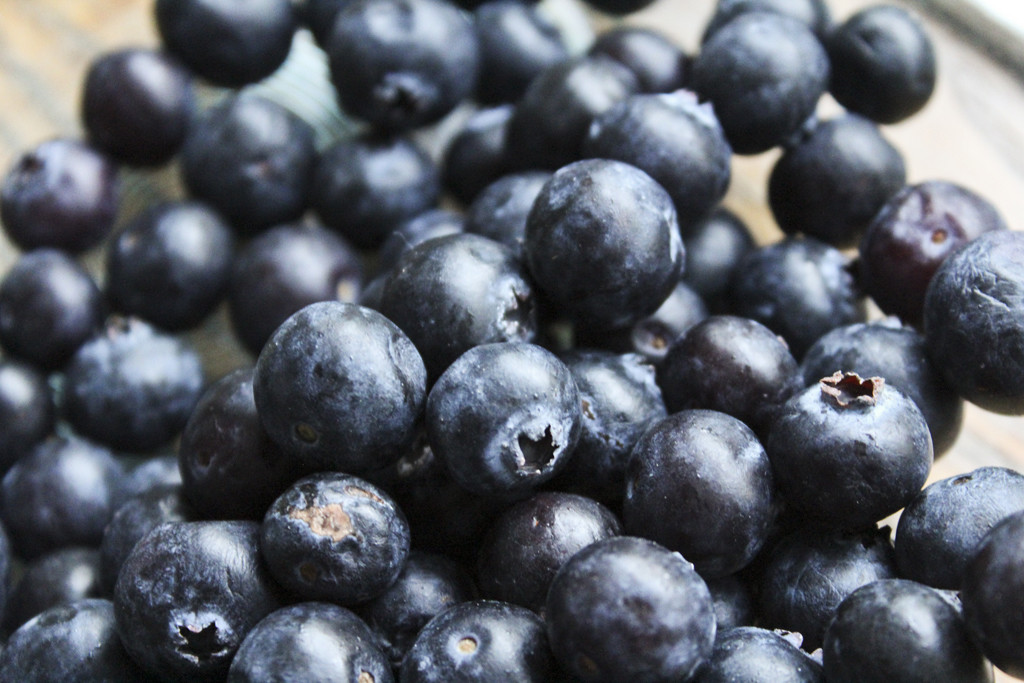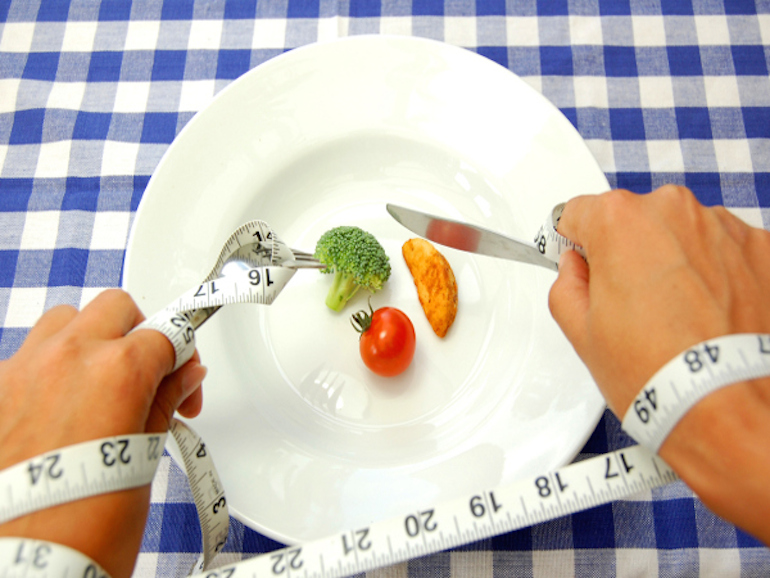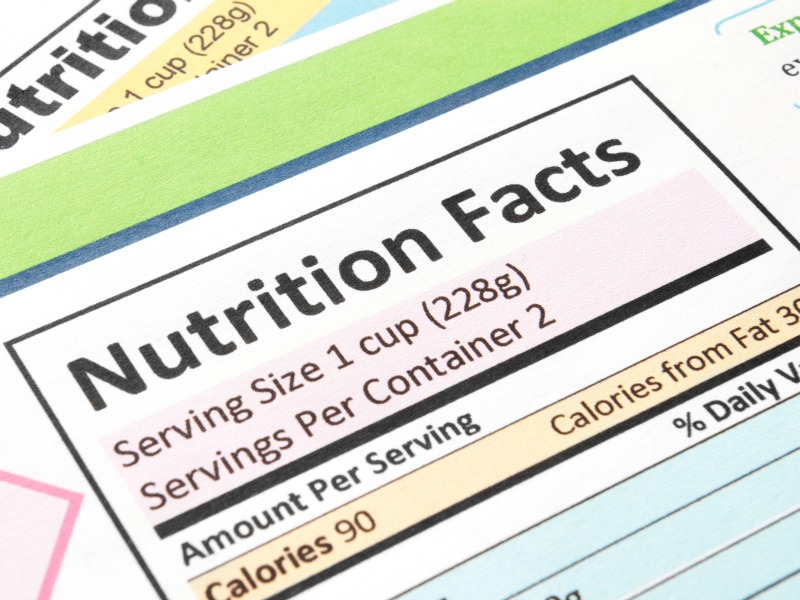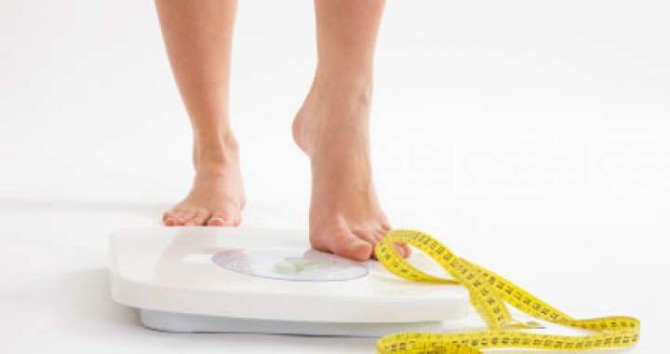For 365 days, (371 now) I tracked my diet in an app called MyFitnessPal. It has a database of common foods and brands and the nutritional information to go along with it. You might think I’m insane for taking the time to enter in what I ate for a day (never mind an entire year). but I can promise you the information I learned from this experience was well worth the effort.
When I began college, working out became a huge part of my life. Through MyFitnessPal, I discovered that I wasn’t eating enough. The amount of calories I was intaking was well below what I was burning. I was surprised to see this – I always thought of myself as having a huge appetite but hey, I wasn’t complaining about fitting more delicious food into my diet.
Portion Sizes

Photo by Hannah Lin
Did you know that handful of blueberries is around 40 calories or that a cup of lettuce is 20 calories? The foods that are nutrient dense or “healthy” are the foods we can eat larger servings of without the guilt. I tried to incorporate more fruits and vegetables into my diet and discovered that not only was I eating more but I felt better too. My body had more energy than ever and I was able to have more efficient workouts.

Photo courtesy of idivia.com
The second thing I learned quickly from tracking my food is that recommended portion sizes are small. If you’ve ever looked at the nutrition label on your food, the serving size is usually multiple, even in cans, packages or bottles that appear to be one serving. Which brings me to my next point – I realized that when I was snacking, aka binge-watching Netflix with a bag of granola, I was eating about 6 servings which was equivalent to twice the amount of calories of my dinner.

Photo courtesy of coreperformance.com
Often times we don’t even realize what ingredients are in the foods that we are consuming. MyFitnessPal showed me when I was going above my recommended intake of sodium, sugar, and fats or below the necessary requirements of fiber, iron, and other important vitamins and minerals. Tracking your food can show you that some choices are healthier than others, what to eliminate from your diet or not eat as frequently. This doesn’t mean that you can’t enjoy a piece of pizza or that slice of chocolate cake, it just proves that everything should be eaten in moderation and a healthy diet is all about balance.

Photo courtesy of getfitjess.com
Counting calories has its benefits, but it also can be dangerous. I’ll be honest, I became obsessed. I am ashamed to admit that there were times I either neglected to put foods such as ice cream or pizza into my tracker because of the outrages portions I consumed. There were also times I denied myself food when I had hit my calorie limit for the day. BUT, I realized that listening to your body is how you should eat. Eat when you’re hungry, and stop when you’re full. This is what I choose to live by regardless of what an app tells me.

Photo courtesy of Families.com
You don’t have to be obsessed with the gym or your weight to be interested in your diet. At the very least, tracking your diet gives you mindfulness of your eating habits, the foods you gravitate to, and the choices you make every day.
The most important thing I learned over the past year of tracking is the power of habits. If you do something enough, it becomes second nature. After about a month, I didn’t even have to think about logging into my app, it just became an automatic routine every time I ate.
This is why, to this very day I still log my food. I’ve become a healthier and happier person from the changes I’ve made over the last year. Whether it’s diet-related or not, if there is an area of your life you want to improve in, try making a habit of it. I promise when you change your routine, you change your mindset, and you’ll change your life.


